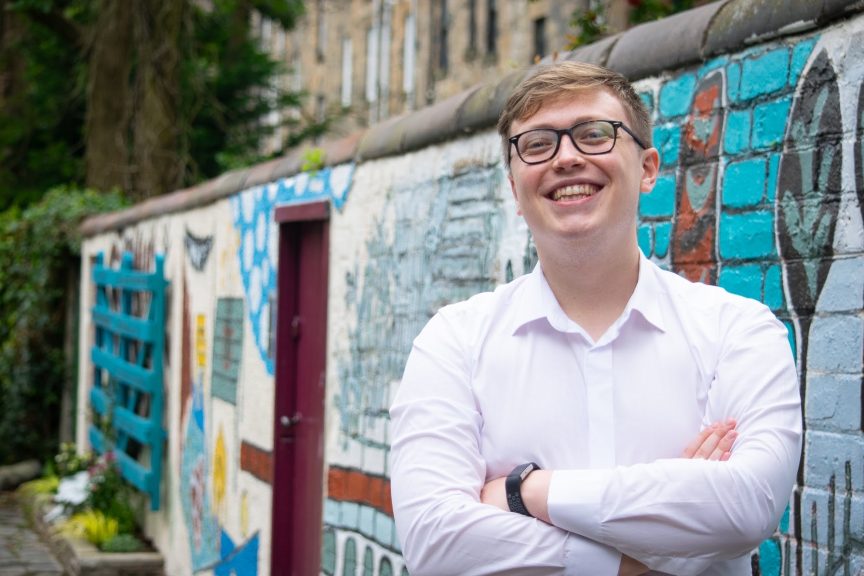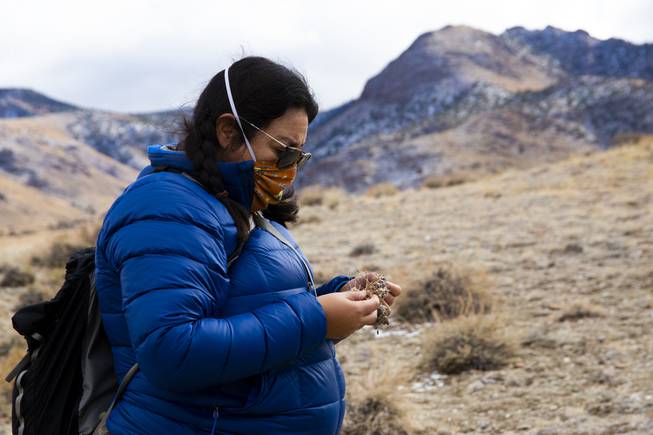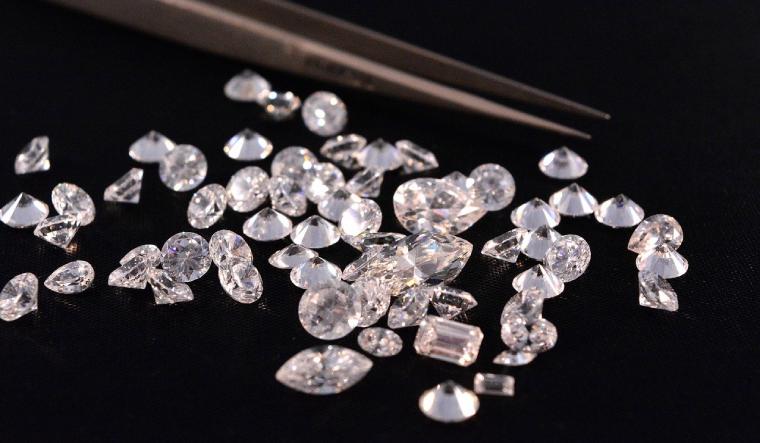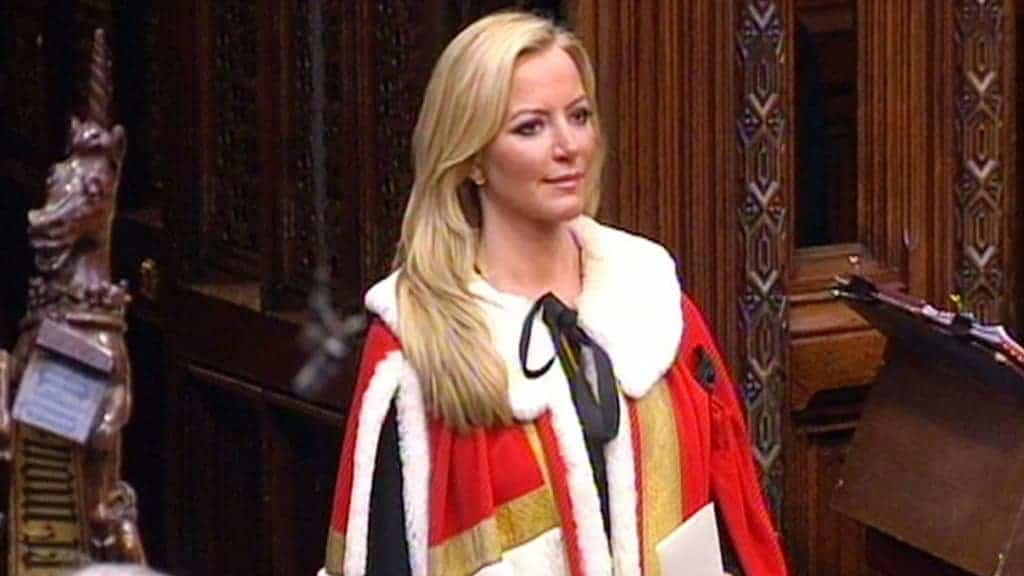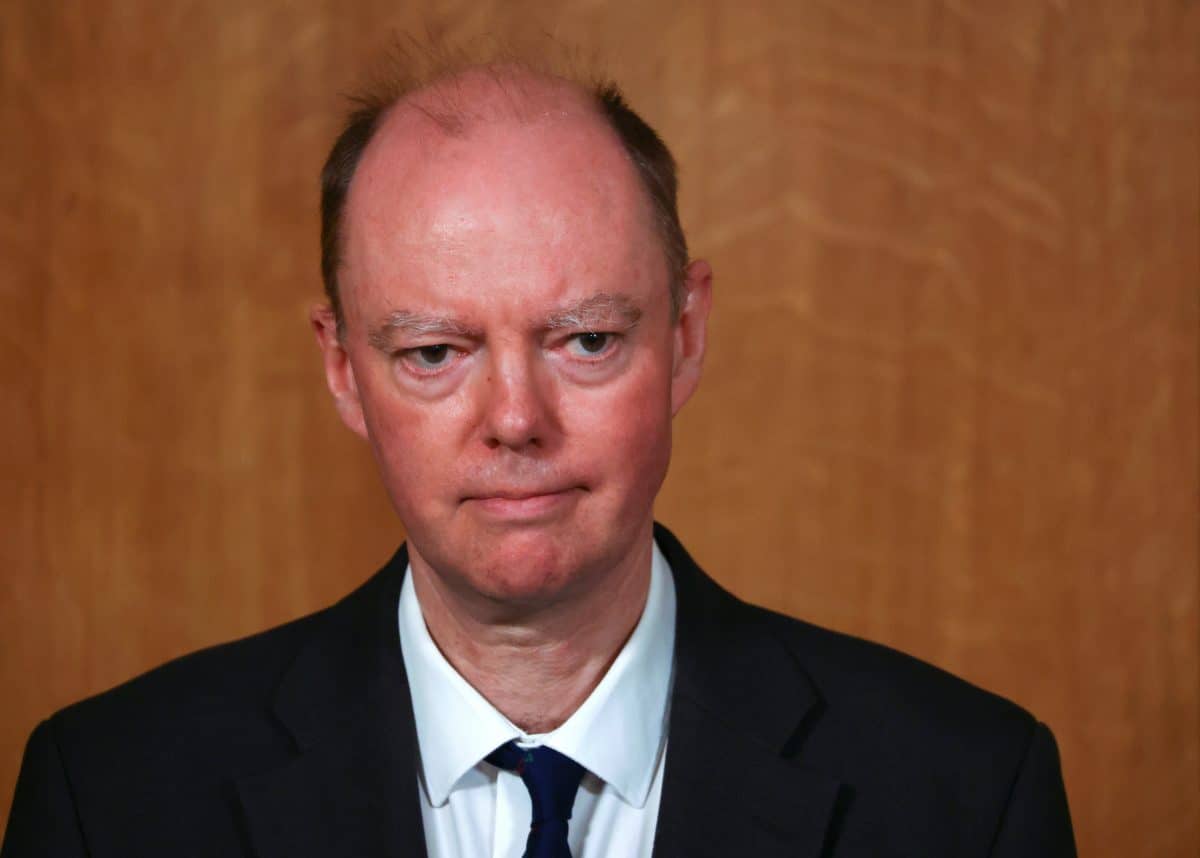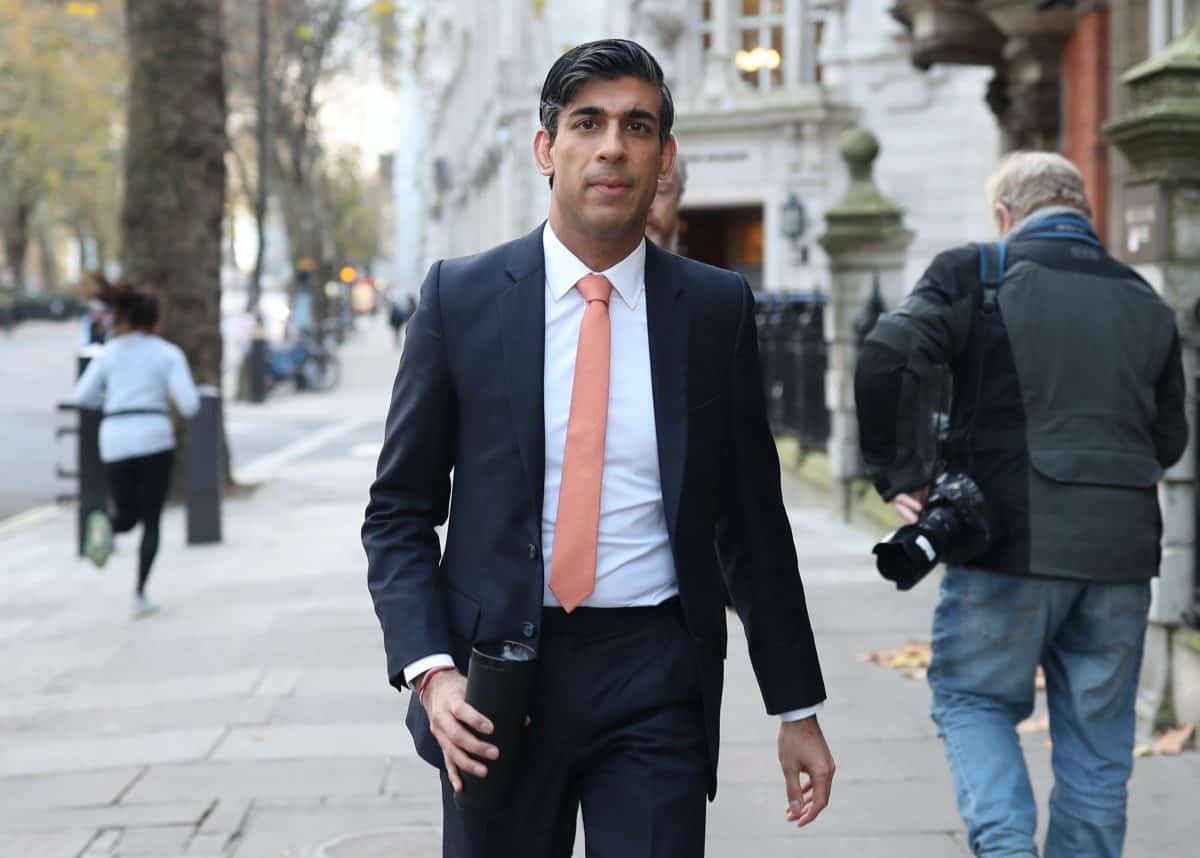54 Million Americans Will Lack Access To Adequate Food By End Of Year
BY : JULIA BANIM ON : 20 DEC 2020

CBS DFW/PA Images
A new analysis from Feeding America, a US based anti-hunger organisation, has found that 54 million Americans will lack access to adequate food by the end of the year.
The organisation distributed 4.2 billion meals up and down the country between March and October this year. A 60% average increase in food bank users has also been noted over the course of the pandemic, with around four in 10 users being first-timers.
Those who are at highest risk for serious coronavirus-associated illnesses include seniors, individuals with chronic illness and people of colour. In many cases, Feeding America has found that the same individuals will be the ones who are hardest hit by the economic ramifications of the pandemic.

A new analysis from Feeding America, a US based anti-hunger organisation, has found that 54 million Americans will lack access to adequate food by the end of the year.
The organisation distributed 4.2 billion meals up and down the country between March and October this year. A 60% average increase in food bank users has also been noted over the course of the pandemic, with around four in 10 users being first-timers.
Those who are at highest risk for serious coronavirus-associated illnesses include seniors, individuals with chronic illness and people of colour. In many cases, Feeding America has found that the same individuals will be the ones who are hardest hit by the economic ramifications of the pandemic.

PA
According to the report from Feeding America, unemployment in the US has ‘soared’, resulting in increased demand for food banks and pantries:
Before the COVID-19 crisis began, more than 37 million people, including more than 11 million children, lived in a foodinsecure household.
Pre-pandemic data reflects the lowest food insecurity rates seen since before the Great Recession, but the current crisis is likely to reverse the improvements that have occurred over the past decade.
RED STATES
The four states with the highest projected food insecurity rates for 2020 are Mississippi (24.1%), Arkansas (22.5%), Alabama (22.2%) and Louisiana (21.7%).
Within these four worst hit states, it’s expected that over one in five residents will be food insecure by the end of the year, meaning they won’t have the money or resources required to put food on the table, AP News reports.
It’s estimated that the rates of those facing hunger will be as high as one in six people, escalating from 35 million in 2019 to more than 50 million by the end of 2020. Among children, this rises to an alarming one in four.

According to the report from Feeding America, unemployment in the US has ‘soared’, resulting in increased demand for food banks and pantries:
Before the COVID-19 crisis began, more than 37 million people, including more than 11 million children, lived in a foodinsecure household.
Pre-pandemic data reflects the lowest food insecurity rates seen since before the Great Recession, but the current crisis is likely to reverse the improvements that have occurred over the past decade.
RED STATES
The four states with the highest projected food insecurity rates for 2020 are Mississippi (24.1%), Arkansas (22.5%), Alabama (22.2%) and Louisiana (21.7%).
Within these four worst hit states, it’s expected that over one in five residents will be food insecure by the end of the year, meaning they won’t have the money or resources required to put food on the table, AP News reports.
It’s estimated that the rates of those facing hunger will be as high as one in six people, escalating from 35 million in 2019 to more than 50 million by the end of 2020. Among children, this rises to an alarming one in four.

PA
Low-wage workers, many of whom were employed in the service industry, have felt the economic impact of the virus the most. However, many of those on higher wages have also been affected.
A September report from the anti-hunger organization, the Food Research & Action Center, found that one in four of those reporting they didn’t have enough food to eat usually had incomes which exceeded $50,000 per year prior to the outbreak.
Low-wage workers, many of whom were employed in the service industry, have felt the economic impact of the virus the most. However, many of those on higher wages have also been affected.
A September report from the anti-hunger organization, the Food Research & Action Center, found that one in four of those reporting they didn’t have enough food to eat usually had incomes which exceeded $50,000 per year prior to the outbreak.

